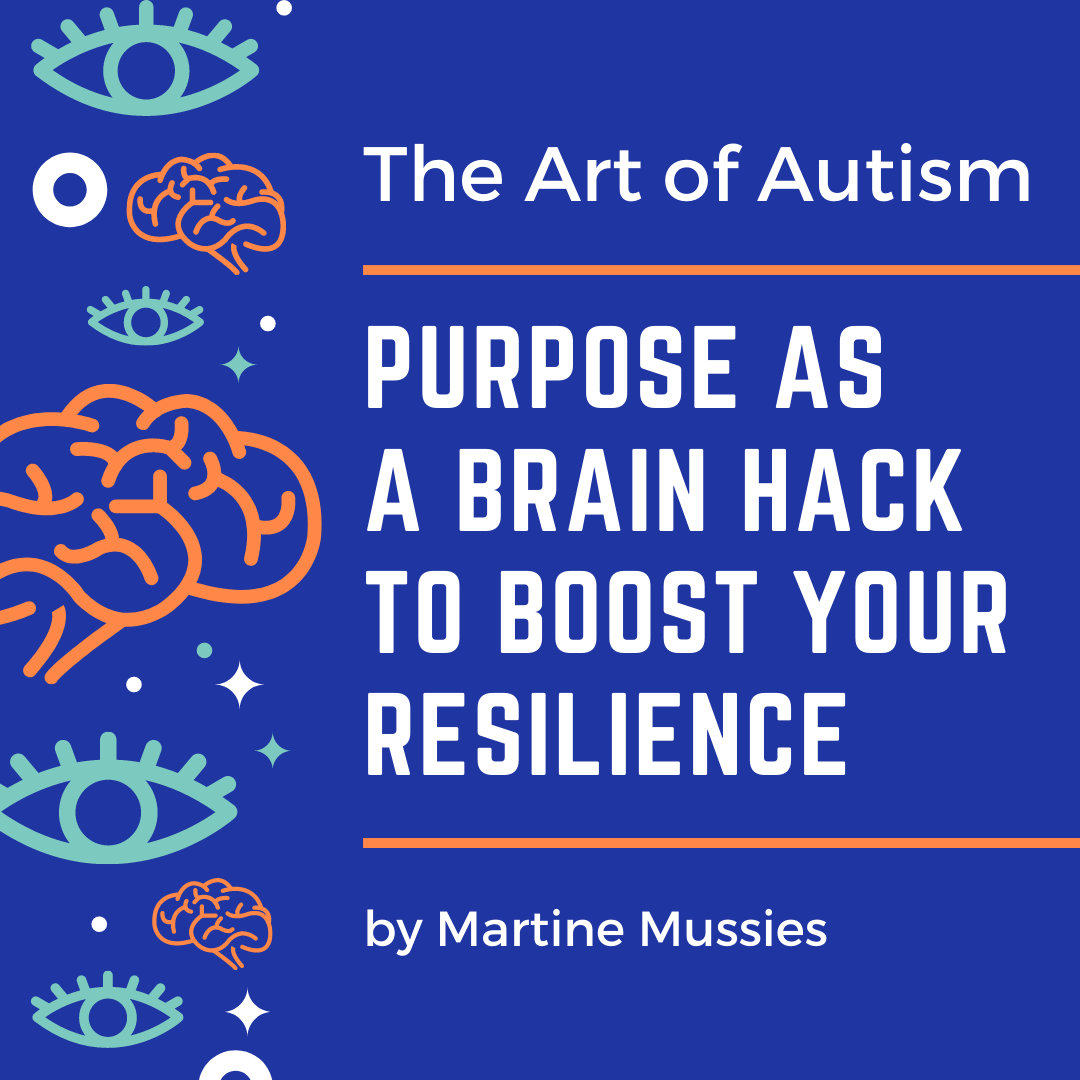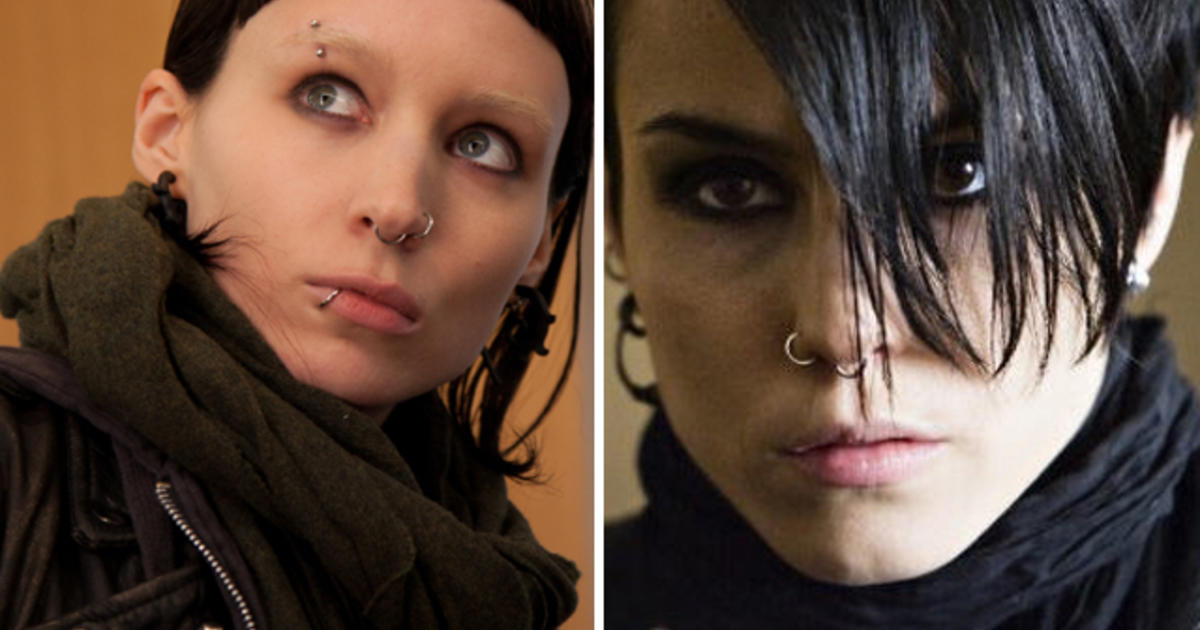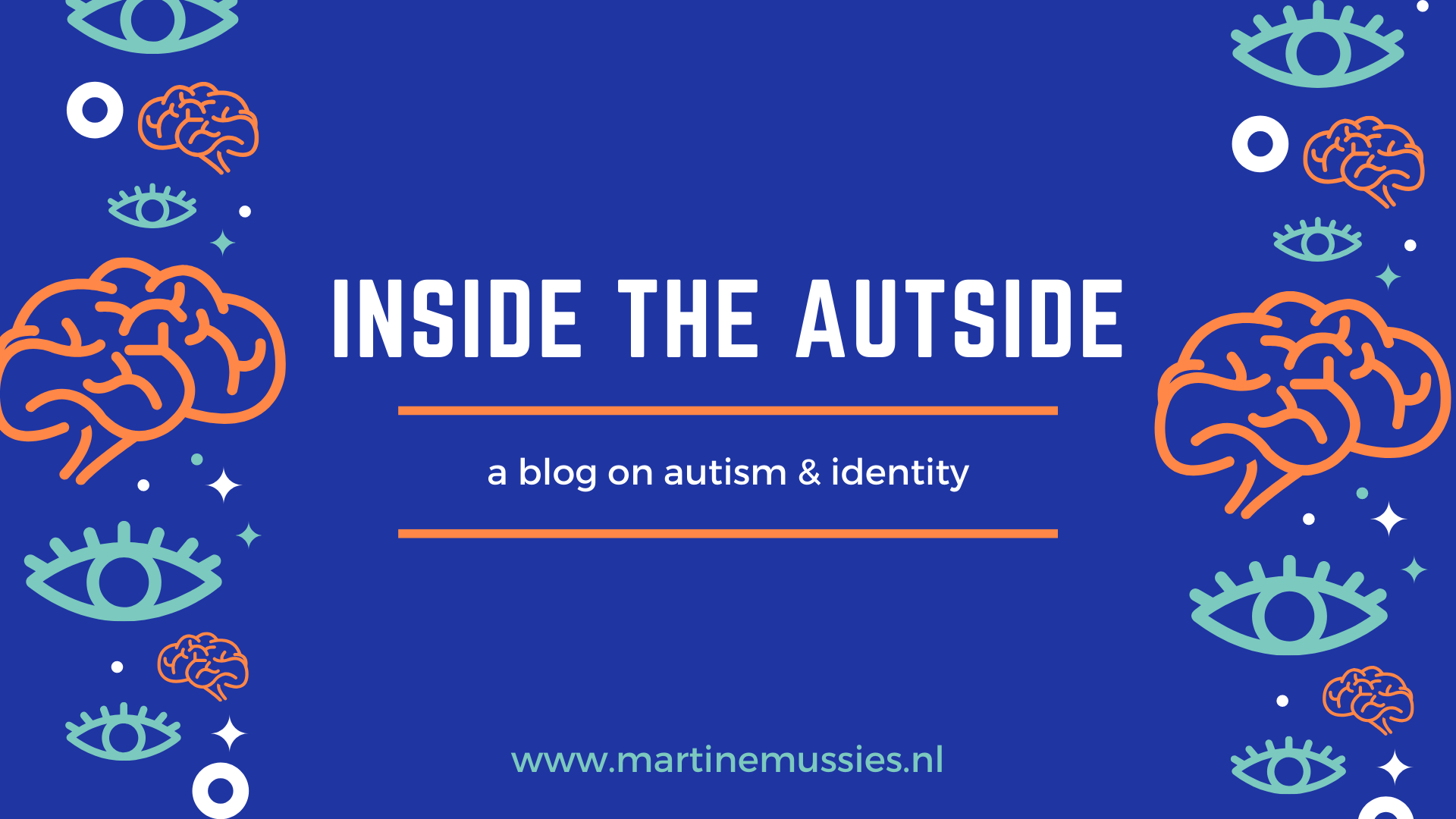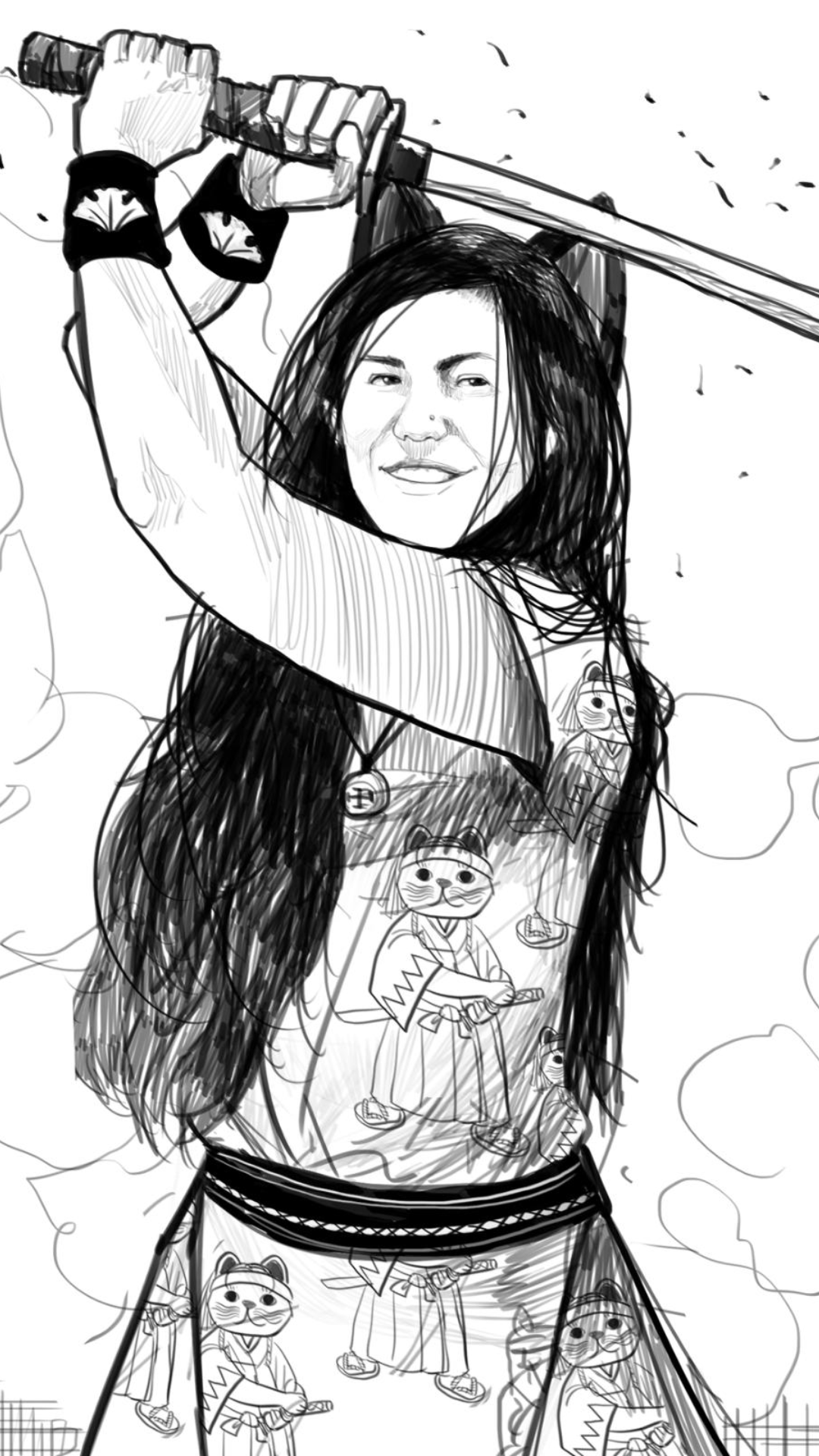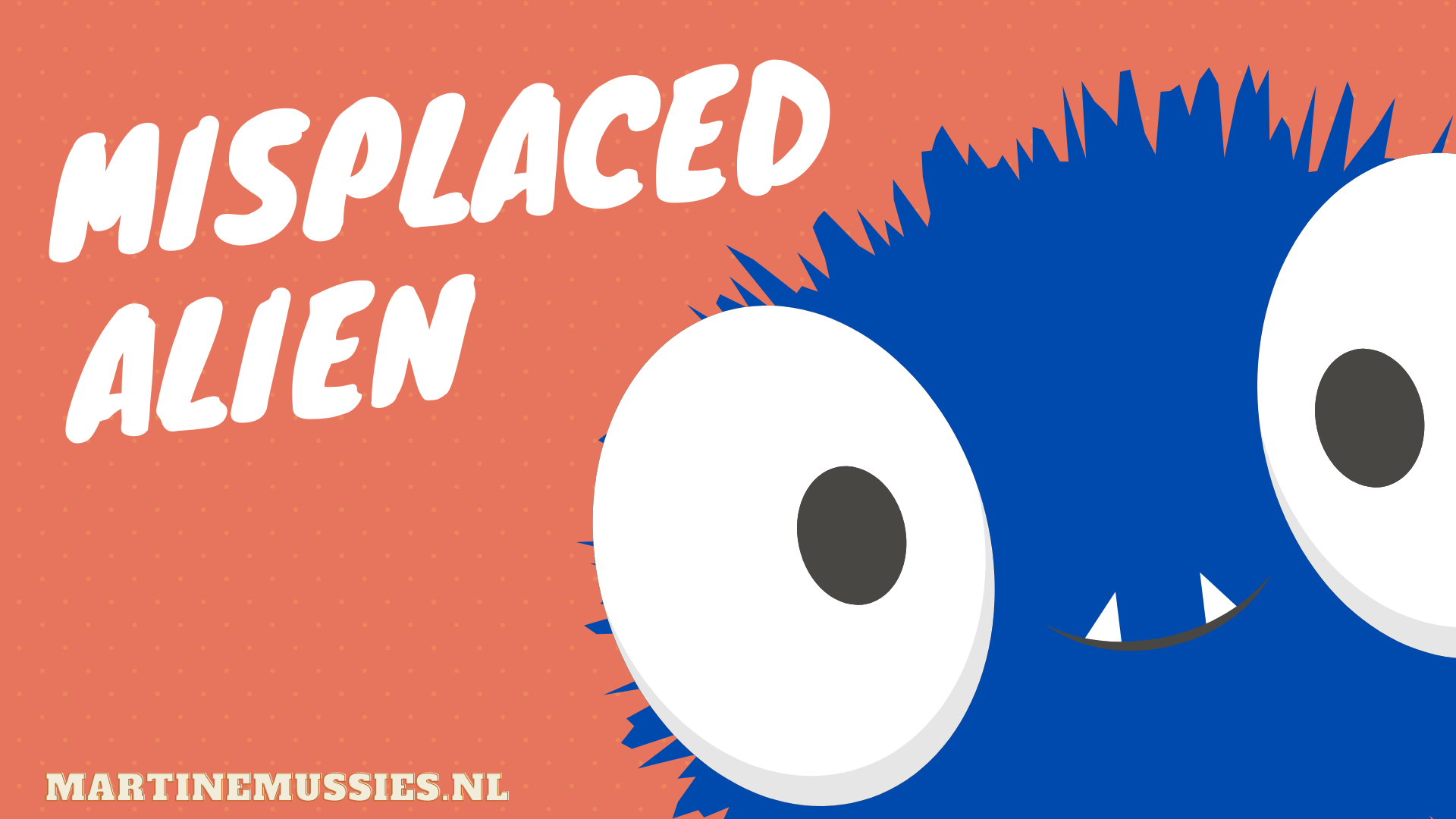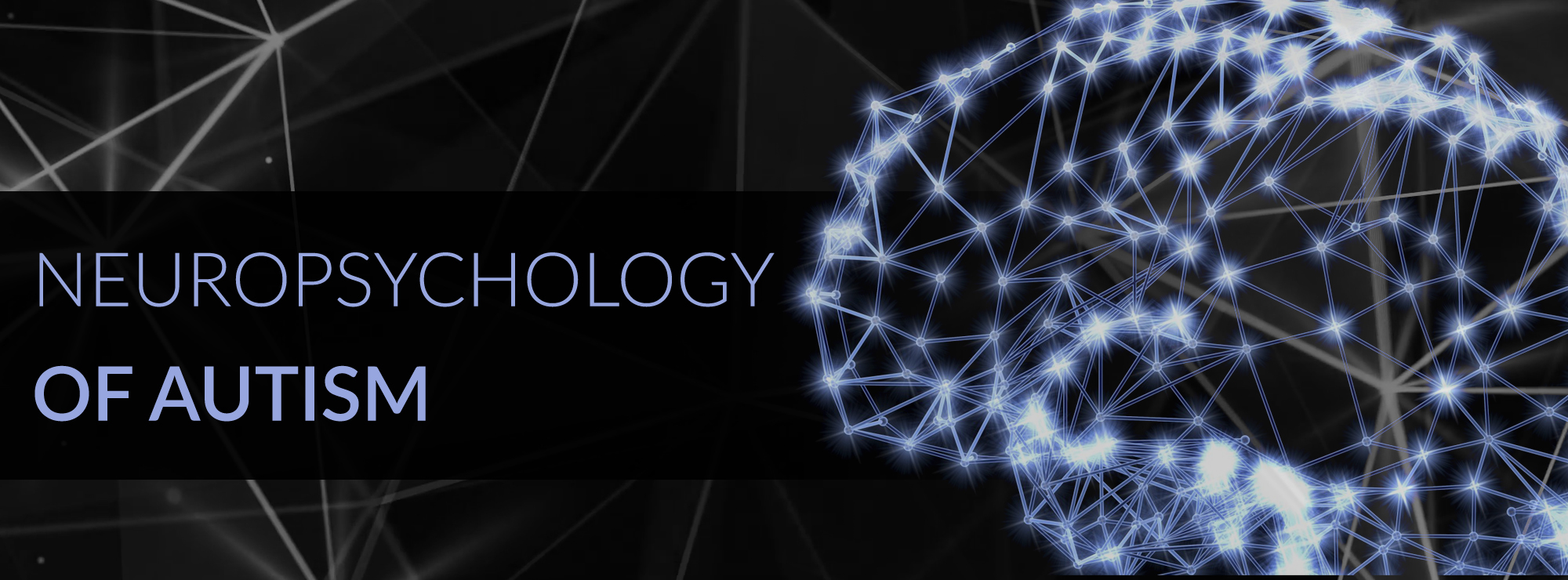Purpose as a Brain Hack to boost your Resilience
A while ago, I received a postcard of a beautiful Japanese art print. On the backside, someone had written a joke about “fighting like a girl” and concluded with the words “Thank you for being a strong woman in our dojo.” I was happy and touched by this act of kindness. But I also felt a bit puzzled. Being a “strong woman” – or any person, for that matter – when you have autism… is that even possible? In this blog post for the website Art of Autism, I explore this question through the lens of neuropsychology.
